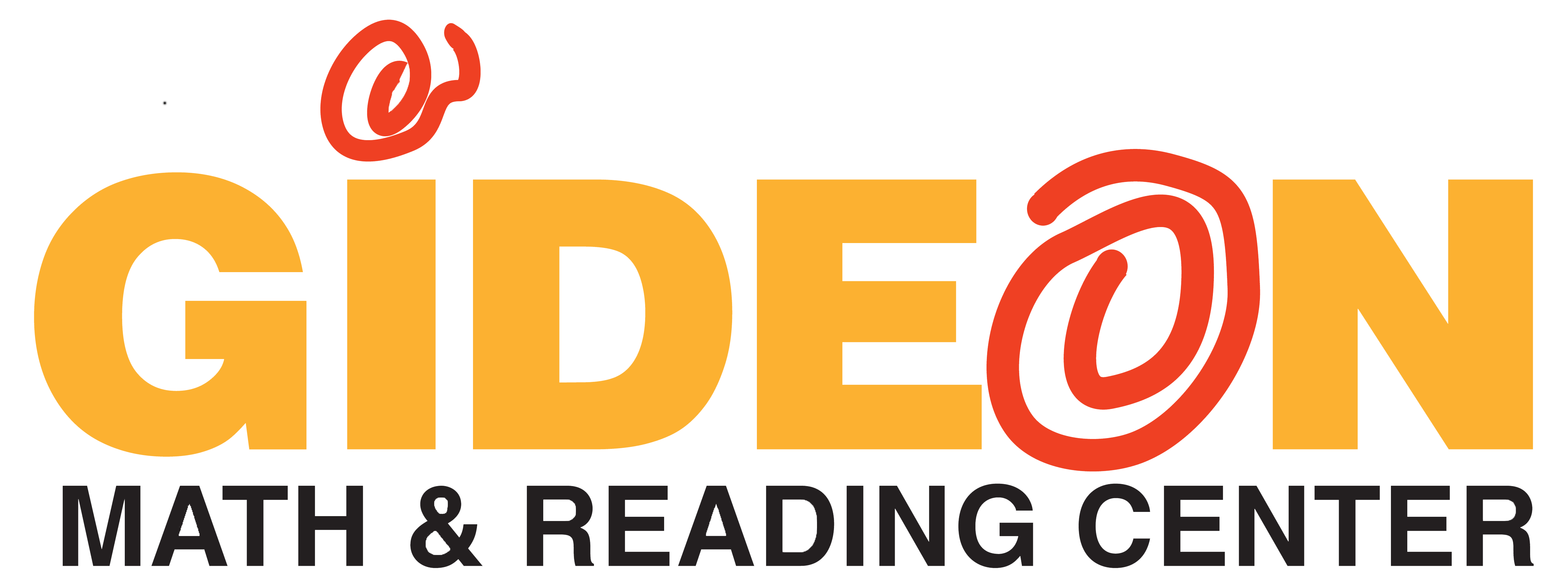From JoanneJacobs.com
Giving 40 books to each student in second and third grade for their home libraries — 1,000 books over two years — turned struggling readers into confident readers, writes Justin Minkel, who teaches in Arkansas, on Education Week Teacher. Twenty of the 25 students speak English as a second language; all but one live under the poverty line.
Home reading surveys showed that at the beginning of 2nd grade, my students had access to an average of three books at home. Increasing this number to 40 or more books had far-reaching effects. Students’ fluency improved because the children could engage in repeated readings of favorite “just right” books, and parents reported increased time spent reading at home during weekends, holidays, and summer break.
The only incentive for this increase in reading time was intrinsic: the pleasure each child felt in reading his or her own book, beloved as a favorite stuffed animal.
Scholastic donated 20 books per child. The teacher bought the others with his own money and donations. Each month, children received copies of class read-alouds, guided reading books and books they’d chosen from Scholastic’s website.
At a cost of less than $50 each year per student, his 25 students made greater reading progress than he’d ever seen before. Second graders started with a picture book, Where The Wild Things Are, and finished third grade with The Lightning Thief, which is geared toward 5th and 6th graders.
“I watched child after child become a different kind of writer, thinker, and human being because of his or her growth as a reader,” Minkel writes.
